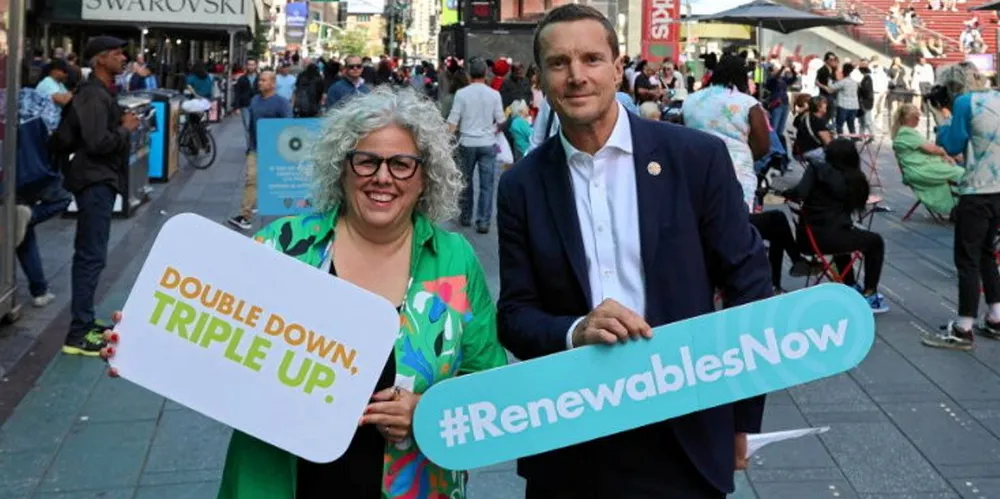Five challenges the world faces to meet COP28's 'triple renewable energy' goal
Agreement reached at climate summit in Dubai hailed as ‘unprecedented’ and a ‘paradigm shift,' but hurdles lie ahead

Agreement reached at climate summit in Dubai hailed as ‘unprecedented’ and a ‘paradigm shift,' but hurdles lie ahead
